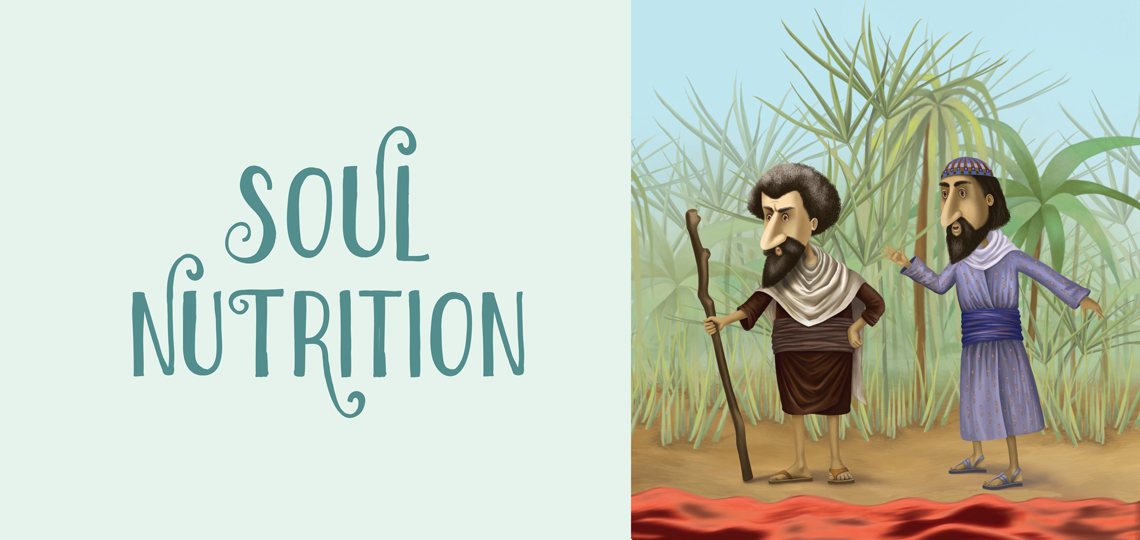During the Seder, some people have the custom to dip a finger in their cup of wine for each of the 10 plagues, while others have the custom to pick up the cup and pour out some wine for each plague. The custom of picking up the cup can be explained with a Gematria. The Hebrew word for “cup,” כוס ,has the numerical value of 86, which is the same numerical value as the word הטבע” ,nature.” Within nature, there are positive potentials that can be used for holiness, and undesirable qualities which must be discarded. Differentiating between these two categories is not easy. To accomplish this successfully, we must manifest control — over ourselves, and then over our natural environment. In allusion to this, rather than dipping our finger in the cup, we take the cup — nature — in hand, demonstrating our mastery.
—The Rebbe Rayatz, Rabbi Yosef Y. Schneersohn of Lubavitch
Before “Az Yashir” (the Song at the Sea), we say, “And the L-rd delivered Israel on that day from the hands of the Egyptians, and Israel saw the Egyptians dead on the seashore.” Why do we emphasize “on that day” when B’nei Yisroel left Egypt a week before and Hashem had helped them many times already? What is the connection between “on that day” and seeing the Egyptians dead? In the Gemara (Kiddushin 16), it says that if someone was a slave for less than 6 years, ran away, and was caught, he must be returned to his master to complete his service. However, if his owner dies, the slave is free. B’nei Yisroel was supposed to endure slavery in Egypt for 400 years. They escaped early, and if they had been caught they might have been returned to their masters to complete their servitude. They weren’t truly free until they saw their owners were dead. That’s why it was “on this day”, Shvi’i Shel Pesach, that they felt G-d’s salvation most acutely, because their freedom was truly complete when they witnessed the deaths of their Egyptian masters on the seashore.
Rabbi Chaim Fogelman is a member of the OK Kosher Vaad HaKashrus.


 EN
EN  ZH
ZH  KR
KR  BR
BR  ES
ES  IN
IN  IL
IL 




